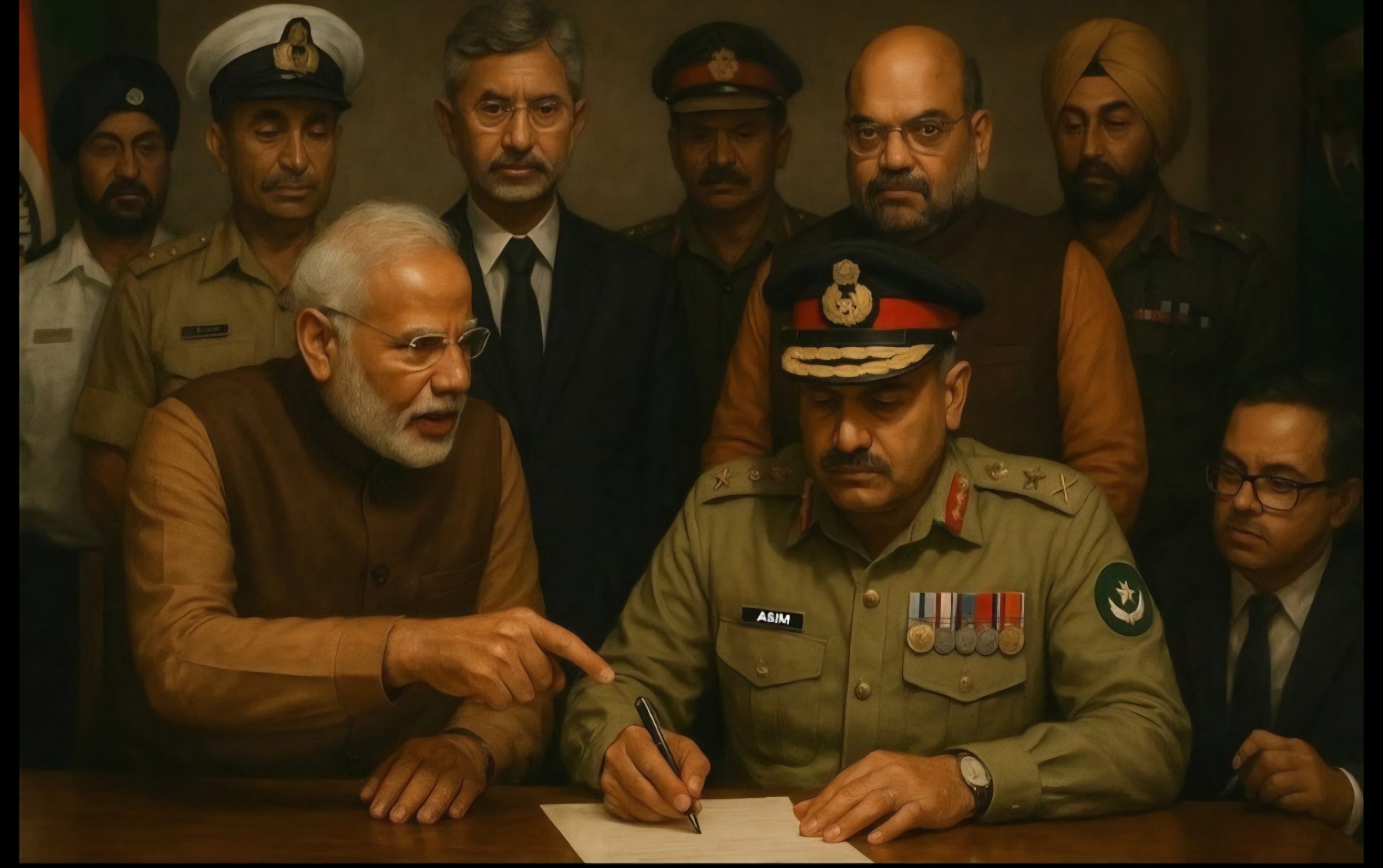In a major breakthrough following weeks of deadly escalation, India and Pakistan have agreed to a ceasefire along the Line of Control (LoC) and the International Border. The agreement was reached after a direct communication between the Directors General of Military Operations (DGMOs) of both countries earlier on Saturday.
“Pakistan’s DGMO called Indian DGMO at 15:35 hours earlier this afternoon. It was agreed between them that both sides would stop all firing and military action on land, in the air & sea with effect from 1700 hours IST. Instructions have been given on both sides to give effect to this understanding. They will talk again on the 12th of May at 1200 hours,” said Foreign Secretary Vikram Misri
According to defense sources, the ceasefire proposal was initiated by Pakistan’s DGMO and accepted by India with the understanding that it would be limited to halting military hostilities. No further talks or meetings are scheduled at this stage. The ceasefire comes after an intense period of cross-border violence triggered by the April 22 terror attack on Hindu pilgrims in Pahalgam, Jammu and Kashmir, which claimed several civilian lives and was attributed to Pakistan-backed militants.
India responded with Operation Sindoor, launched on May 6, which involved precision airstrikes on alleged terrorist bases in Pakistan and Pakistan-occupied Kashmir (PoK). The Indian government claimed that over 100 militants were neutralized. Pakistan’s retaliation included strikes on Indian military assets, with both sides reporting casualties and damage. One of the deadliest incidents occurred on May 7 in Muzaffarabad, where Indian airstrikes reportedly killed 31 individuals and damaged a mosque, drawing international concern and outrage from Islamabad.
The situation had reached a critical point with missile alerts and explosions reported in Indian cities like Pathankot, Amritsar, and Jalandhar. Civilian populations along the border began preparing underground bunkers amid fears of a broader conflict.
The ceasefire was reportedly influenced by strong diplomatic intervention from the United States. Former U.S. President Donald Trump, who remains a prominent figure in U.S. foreign affairs, is believed to have played a key role in urging Pakistan to de-escalate. Washington’s engagement has drawn comparisons to past instances where third-party diplomacy helped ease India-Pakistan tensions, though often without resolving underlying disputes.
Both sides remain cautious. India, wary of Pakistan’s track record on ceasefire violations and continued support for terrorist groups, has made it clear that any future peace process must be based on verifiable action against terrorism. Meanwhile, Pakistan continues to call for international involvement in resolving the Kashmir dispute, a stance India consistently rejects in favor of bilateral dialogue.
The fragile ceasefire offers a momentary pause in hostilities, but experts warn that without addressing core issues—including militant infiltration, cross-border terrorism, and the status of Kashmir—the risk of renewed violence remains high.
Residents near the border have expressed cautious relief, while Indian security agencies remain on high alert. Airports, including Delhi International, have resumed normal operations, though airspace monitoring remains intensified.
The coming days will test the durability of this ceasefire and determine whether this diplomatic window can evolve into meaningful dialogue or be added to the list of short-lived truces in the turbulent history of Indo-Pak relations.













